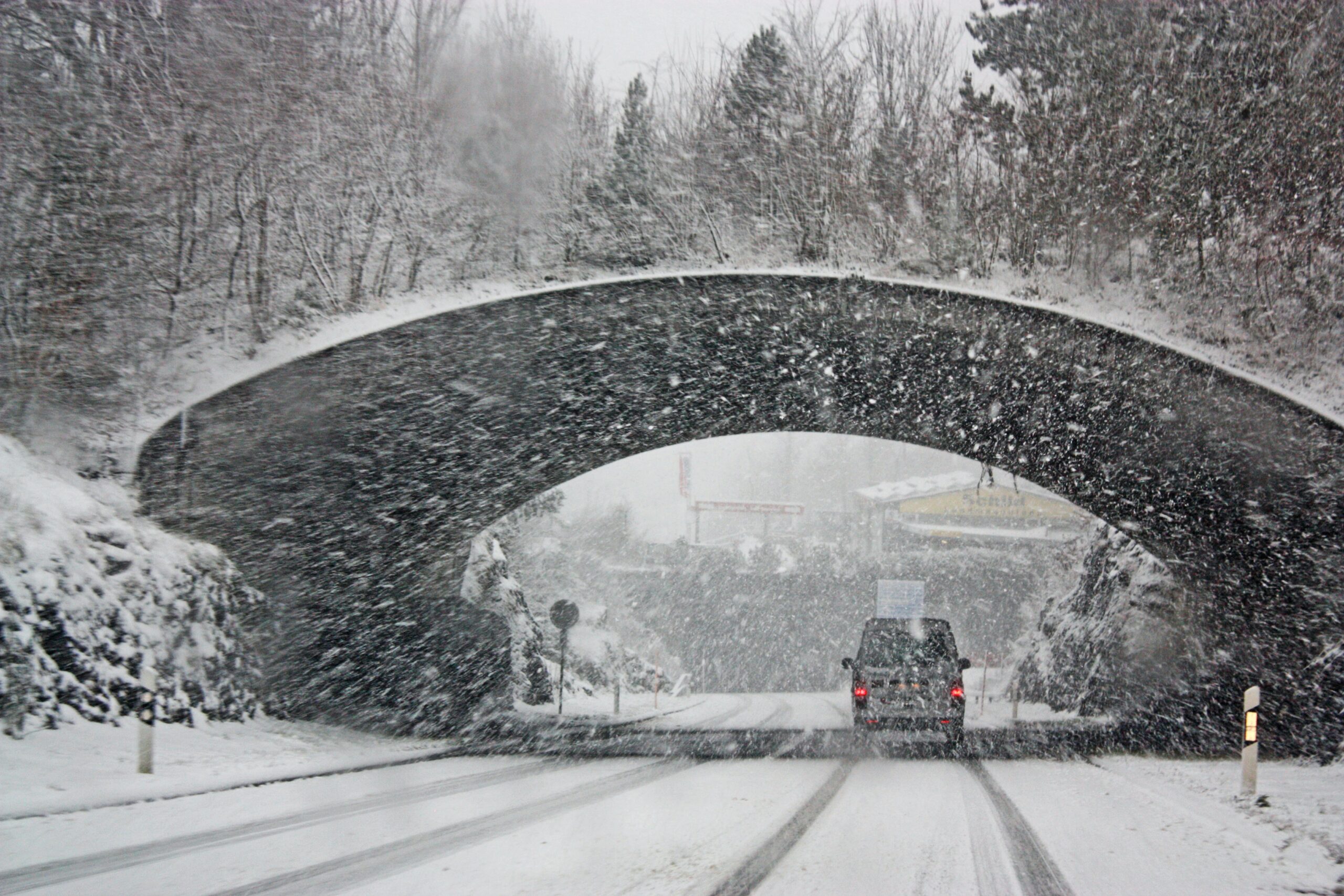Winter Driving Tips
Tips for driving in winter
Driving in snow can be a daunting and dangerous experience if you’re not prepared. Snowy conditions can make the roads slippery and reduce visibility, making it harder to control your vehicle. However, there are some simple tips you can follow to make driving in snow safer and less stressful. In this blog post, we’ll go over some of the best tips to help you stay safe on the roads during winter.

Use Winter Tires
If you live in an area that experiences snowy winters, it is highly recommended to use winter tires. Snowy conditions can make roads slippery and hazardous, and winter tires are specifically designed to provide better traction and handling in these conditions.
Winter tires have a unique tread design and rubber compound that allows them to maintain flexibility and grip in cold temperatures. They are designed to expel snow and water from the tread, which improves traction and reduces the risk of hydroplaning. This can help you stay in control of your vehicle and reduce the risk of accidents.
While all-season tires can perform reasonably well in mild winter conditions, they are not designed for the extreme cold, snow, and ice that are common in many parts of the world. Winter tires can provide up to 50% more traction than all-season tires in winter conditions, making them a safer choice for driving in snow and ice.
It’s important to note that some regions have laws that require the use of winter tires during certain months or in certain conditions. It’s always a good idea to check with your local authorities to see if there are any regulations regarding winter tires in your area.
In short, if you live in an area with snowy winters, it is highly recommended to use winter tires for improved safety and performance on the road.
Keep your vehicle maintained
Car maintenance is necessary for winter driving because winter weather conditions can put a lot of stress on your vehicle’s components, which can compromise the performance, handling, and safety of your car. Here are some reasons why car maintenance is crucial for winter driving:
Brakes: Your brakes are critical to your car’s safety, especially in winter driving conditions. It’s important to get your brake system inspected, including your brake pads, rotors, and calipers, to ensure they are in good working order.
Battery: Cold weather can drain your car’s battery, so it’s important to make sure your battery is fully charged and in good condition. A weak battery can cause starting problems, which can be dangerous in extreme cold conditions.
Wipers and defrost system: Good visibility is crucial for safe winter driving, so it’s important to make sure your wipers are in good condition and your defrost system is working properly. You may also want to consider using winter wiper blades and windshield washer fluid that is designed for freezing temperatures.
Fluids: It’s important to check the level and condition of your car’s fluids, including oil, coolant, and windshield washer fluid. These fluids can help protect your car’s engine, prevent freezing, and improve visibility.
Keep safe distance , slow down and avoid sudden movements:
Reduce your speed when driving on snowy or icy roads. Accelerate and brake slowly to avoid skidding. Give yourself plenty of time to stop, turn, and change lanes. Increase your following distance to at least 6 seconds when driving on slippery roads. This will give you enough time to react to any sudden changes in traffic. Avoid sudden movements like sharp turns, quick acceleration, or sudden braking. This can cause you to lose control of your vehicle. These winter driving tips will definitely help to avoid unexpected situations.
Use your headlights:
Turn on your headlights to improve your visibility and make it easier for other drivers to see you.
Be prepared for emergencies
Carry an emergency kit: Keep an emergency kit in your car that includes items such as a flashlight, extra batteries, a first aid kit, blankets, gloves, water, and non-perishable snacks. You may also want to include items such as a shovel, ice scraper, and sand or kitty litter for traction.
Keep your phone charged: Make sure your phone is fully charged before you start your journey, and consider bringing a backup charger with you. In case of an emergency, having a charged phone can be essential..
Let someone know your route: Let a friend or family member know your intended route and expected arrival time. This way, if you get stranded, someone will know where to look for you.
Stay with your car: If you do get stranded, stay with your car. It can provide shelter and protection from the cold, and it will make it easier for rescuers to find you.
Run the engine sparingly: If you need to run the engine for heat, do so sparingly to conserve fuel. Make sure the exhaust pipe is clear of snow and ice, and crack a window slightly to prevent carbon monoxide buildup.
Call for help if necessary: If you’re stranded and need help, call for assistance. You can call 911 or a roadside assistance service for help.
Remember, the best way to handle an emergency in winter driving is to be prepared and take tips to prevent emergencies from happening in the first place. By following safe driving practices and being prepared for emergencies, you can help keep yourself and your passengers safe on the road.
